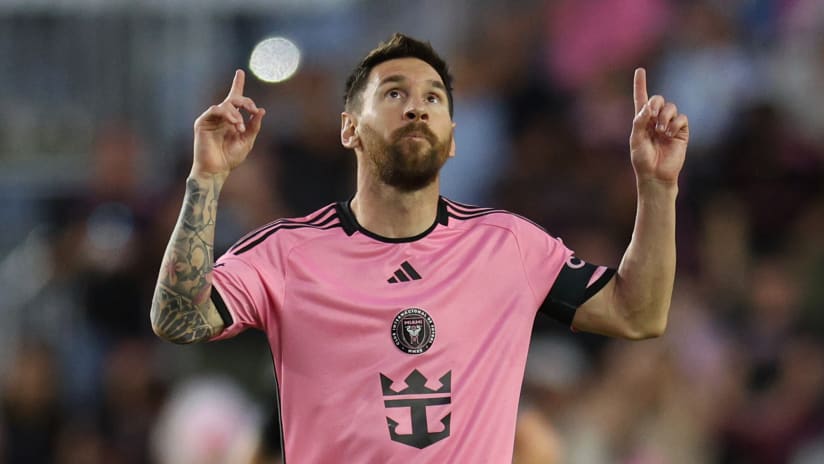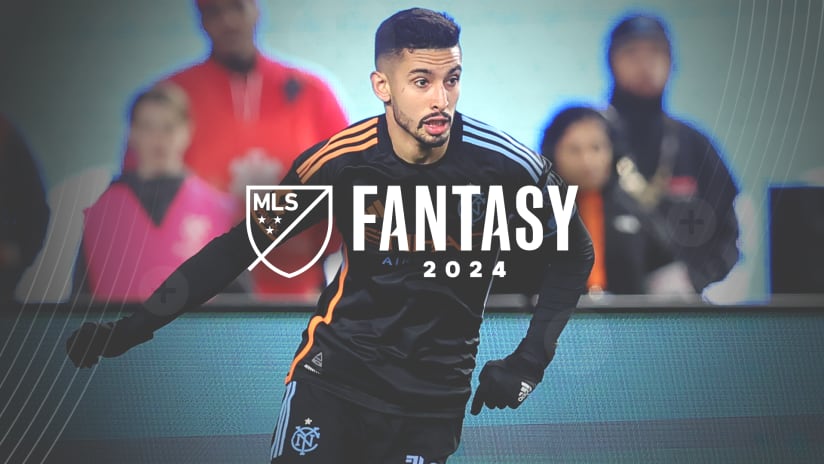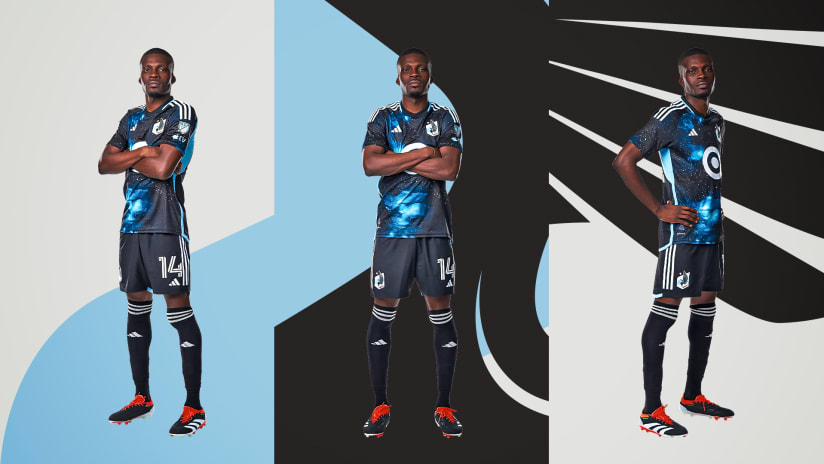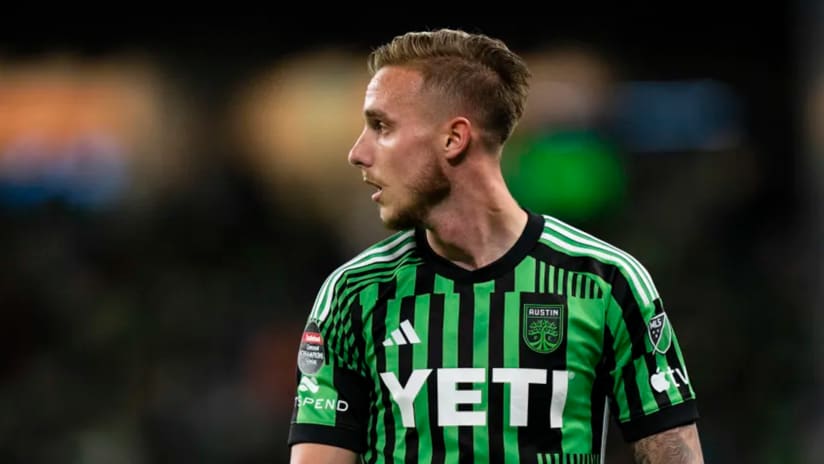I had the pleasure, for a very short time, of knowing Bobby Rhine.
I didn’t share a career with him like Jason Kreis or have a history with him dating back to college the way my colleague Matt Doyle did. But, like so many people who knew him, I was fortunate enough to know him on a first-name basis.
During my first year of working for Major League Soccer, he was my go-to guy for all things FC Dallas. He was honest about the team, forthcoming with his own opinions (however unpopular) and was a wealth of knowledge about the club’s history, its personnel and its chances that season.
In short, to me – and to countless others – he was FC Dallas. He was the walking embodiment of that team, and that team was in his soul. When I read Nick Firchau’s fantastic piece looking back at Rhine’s untimely passing, I remember Bobby fondly as the very identity of those red-and-white hooped jerseys.
There’s also a point Firchau made in his piece that really resonates with me: that, over the years, Rhine became the symbol of the organization. You thought of FC Dallas (or the Dallas Burn, if you’re old-school), and Rhine’s face was the first to pop into your head.
That’s no easy accomplishment – not just in Major League Soccer, but in any sport. In a day and age where professional athletes change addresses and uniforms more often than David Beckham changes hairstyles, it’s a rare thing indeed where one singular player is the embodiment of a single team.
Think about teams in American and Canadian sports, and there are some names that immediately pop to mind regardless of the era. You think Lakers or Celtics, you think Magic and Bird. Chicago Bears? "Sweetness" himself, Walter Payton. Picture the Montreal Canadiens, you’ll still likely think back to Maurice “The Rocket” Richard. New York Yankees? Well, unfair. Too many to count, from Ruth to Jeter.
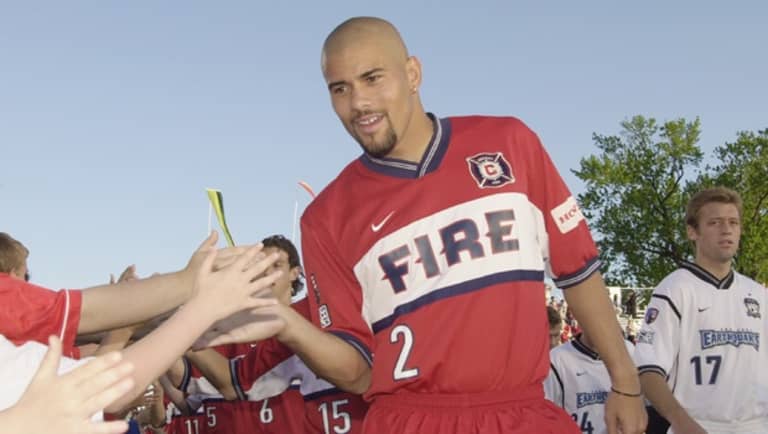
Rhine obviously didn’t have that kind of star power. But in terms of work ethic, longevity and legacy, he was that guy for Dallas. And in many ways, he still is. The same way Mike Petke is for the New York Red Bulls/MetroStars, the same way C.J. Brown (at right) still is for the Chicago Fire.
The fact that we even have these kinds of possibilities in Major League Soccer is a product of, at last, some history to point to. The league isn’t even 20 years old yet, and we’re still finding there are pioneering faces that we’ll some day very soon look back on as icons of the early days of the league.
Sure, MLS traditionalists (yes, the league isn’t so young that they don’t exist yet) still recall fondly the days of Carlos Valderrama, Jaime Moreno and Cobi Jones. All legends for sure and, in the case of each, you immediately think of a single MLS team with whom he was best associated.
But there are new icons as well. Kyle Beckerman has become that guy for Real Salt Lake. Brad Davis has slid into that role for Houston. Chris Wondolowski is becoming that guy for San Jose. Landon Donovan is far and away that guy for the LA Galaxy, regardless of where he started. Pablo Mastroeni will always be that guy for the Colorado Rapids. (Hey, even Michael Jordan finished out his career elsewhere.)
Professional sports aren’t what they used to be in this era of salary caps, luxury taxes and, in many leagues, nine-figure player contracts. Loyalty isn’t what it used to be either, and there’s an argument to be made that the very definition of loyalty has changed as well – I’m not sure it’s fair to expect an athlete to blindly declare love for a single organization given all the above factors.
But a guy who is so strongly associated with one single team that you picture his face with the mere mention of them – well, that’s special. And in many ways, that’s one of the things I miss most about Bobby Rhine: It’s going to be a long time before someone joins him as the face of Dallas.
It’s also an exciting challenge. Besides FC Dallas, there are a number of MLS clubs that are still trying to write their own history, places where a guy is trying to carve out his niche as that guy.
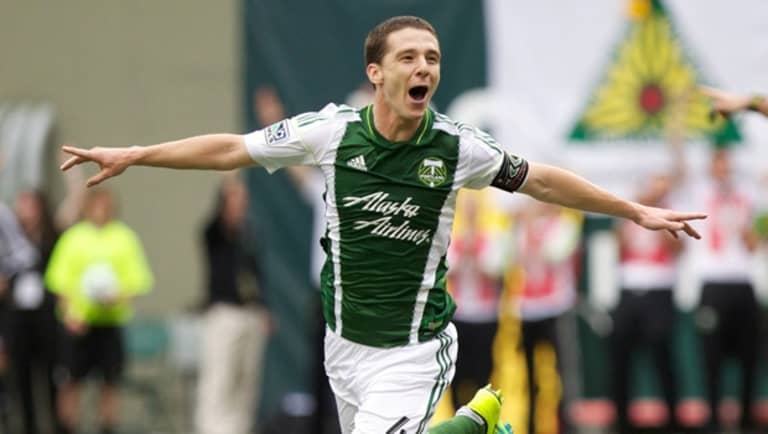
In Portland,
Will Johnson
(at right) looks like he could get there. In other new markets like Vancouver, Montreal, Philadelphia and Seattle, it’s still really anyone’s game. Even with some of the older clubs, there is yet to be one guy. In Kansas City, for instance,
Graham Zusi
and
Matt Besler
are giving Preki, Tony Meola and Jimmy Conrad a serious run for their money.
Rhine taught us you don’t necessarily need to be a mega-star to leave your mark. Your hard work, your dedication and your willingness to understand you’re part of something bigger is the kind of thing that makes you an icon.
For that, I think every player in MLS should take a cue from Bobby. It’s tough to match a guy like that. But I encourage them all to give it a go.
Jonah Freedman is the managing editor of MLSsoccer.com.






